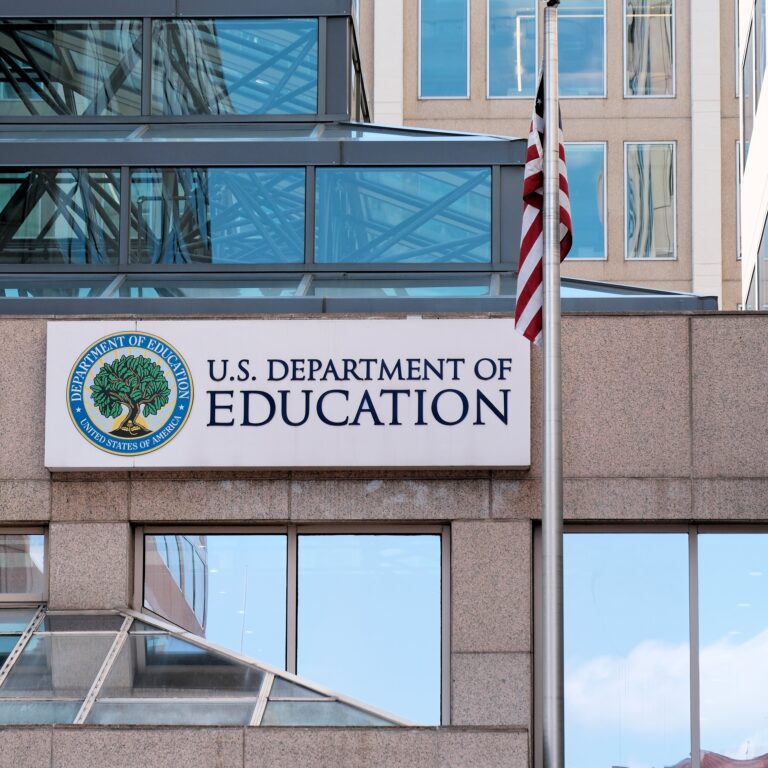The American Rescue Plan (ARP) allocated $189.5 billion to K-12 schools through the Elementary and Secondary School Emergency Relief (ESSER) fund to address challenges brought by the COVID-19 pandemic. School districts invested heavily in expanding instructional time and providing mental health support for students, according to a recent AASA survey of over 600 superintendents.
Key spending priorities: Districts used ESSER funds to meet a variety of urgent needs:
- Expanded learning time: Nearly 80% of districts allocated funds to summer learning and after-school programs.
- Mental health and behavioral supports: 76% invested in staff, professional development, and programming to address students’ emotional and behavioral health.
- Technology and connectivity: 73% of districts spent money on tech resources to bridge gaps in digital access,
The challenge: The September 2024 obligation deadline still presents a hurdle for some districts. As of mid-2024, 15% of districts reported needing more time to fully use their remaining ARP funds, with delays caused by inflation, procurement issues, and contractor shortages.
What’s next: Superintendents emphasized that future research is needed to assess the full impact of ESSER-funded programs on long-term student outcomes.
Early indicators suggest that districts leveraged the funds to address both immediate recovery needs and systemic improvements, but the final evaluation of these efforts will take time.
One thing we’ll be keeping an eye on: whether more states will step in to fill the funding gap—as Louisiana and Virginia have done.
Learn more
- Webinar: Building Sustainable Tutoring Programs for Long-Term Impact: From Crisis to Continuity featuring W/A’s Hillary Knudson
- PROOF POINTS: Four lessons from post-pandemic tutoring research [The Hechinger Report]
- Education Lab: Using tutoring to reverse pandemic-era learning loss [University of Chicago]



